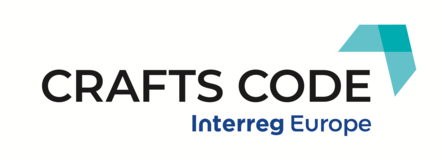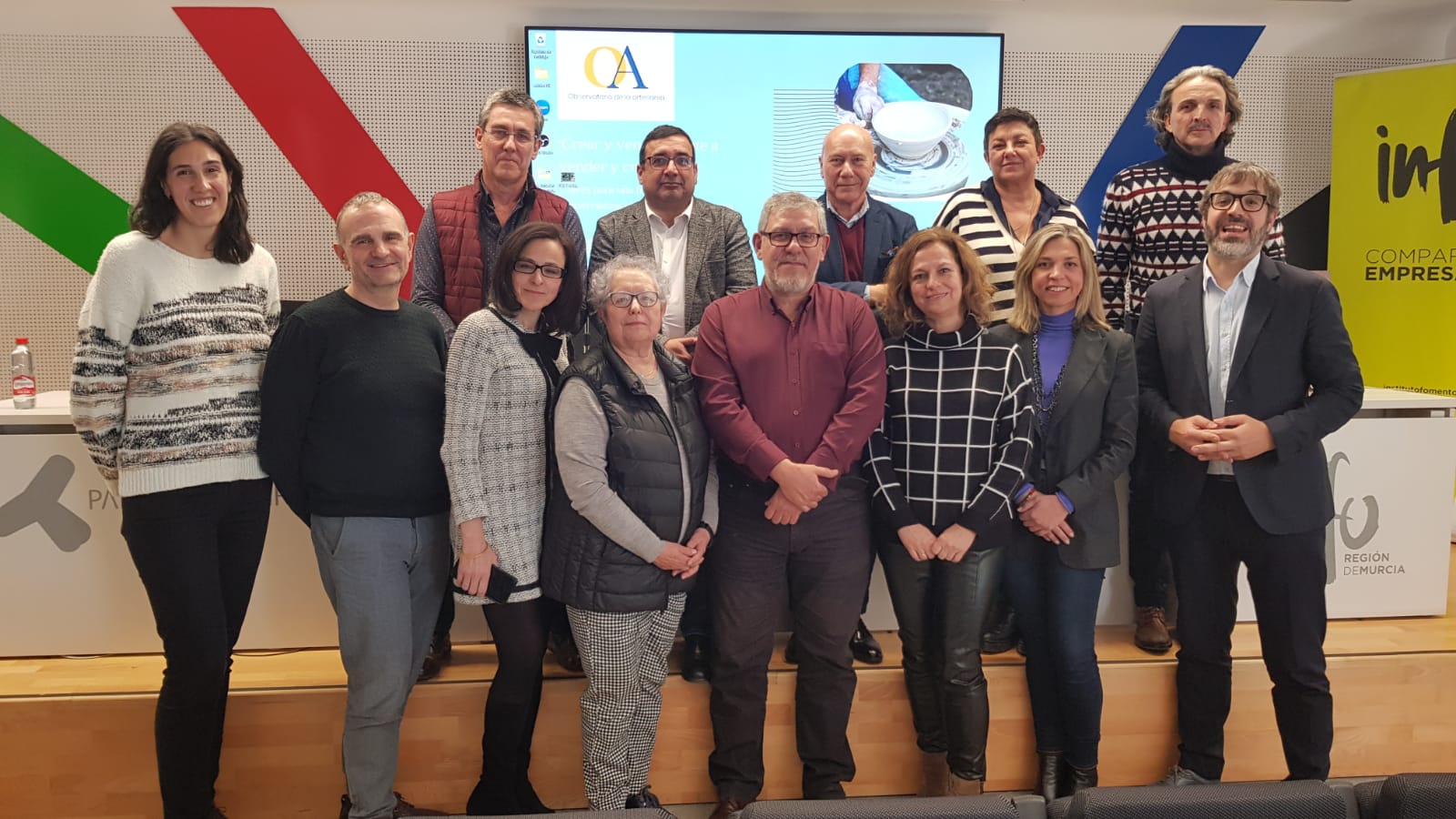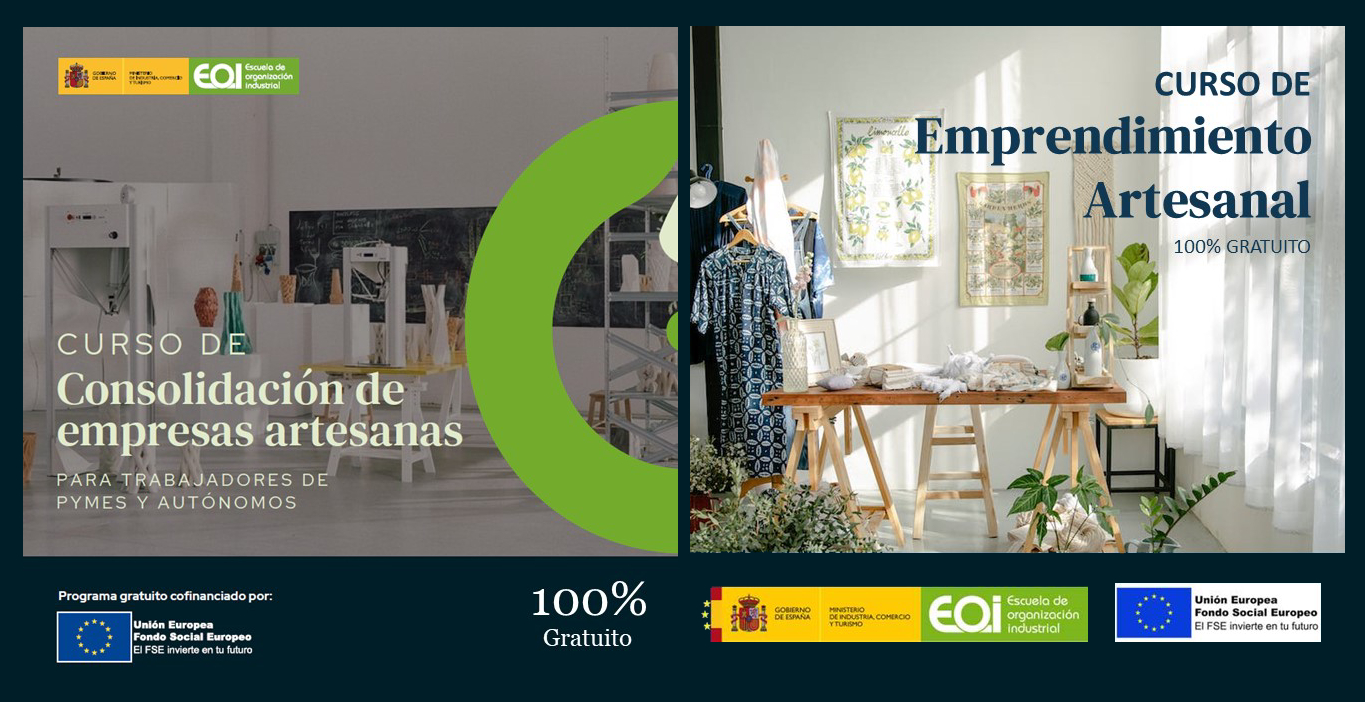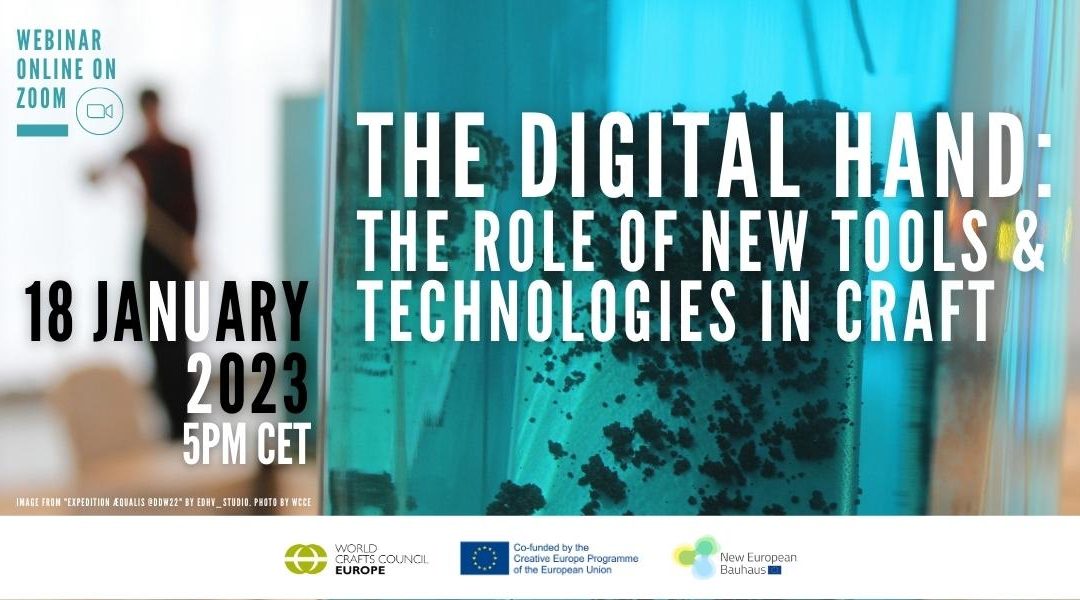The results of CRAFTS CODE project were presented to Finnish stakeholders and experts on 14th June 2022. This included presentation of the regional action plan of Ostrobothnia and what it would mean to regional actors, presentations of different viewpoints what digitalisation could mean for handicraft as digitalisation is the main theme of the Ostrobothnia Action Plan and sharing information of the good practices selected during the project. Besides presenting the regional action plan to regional stakeholders, the event also aimed to further engage them to it.
The action plan was presented by the action plan expert Elisa Kraatari creating such enthusiast discussion that the event kept continuing long after its official ending. She broke down the action plan in a way that all stakeholders present could find themselves in it. This was preceded and supported by presentations of three craftspeople/designers who have harnessed digitalisation to their work: Heidi Risku a designer at Karu of Nord with a strong hold to handicraft, who presented how she uses digital tools in her daily work and ideas of potential out-of-the box digital services for the handicraft sector. The second speaker was Molla Mills an author and crochet designer who presented how the digital world and Instagram wad opened the whole world to her as a craftsperson, crochet designer and author. The third guest speaker was Tarmo Thorström, a lace artist/ craftsman/teacher at Pitsmaakar Oy who focused on applying digital technologies to crafts and art on making crafts, production materials and process but also on visibility. For instance, he covered many aspects of the use of laser cutting for the benefit of handicraft (for instance, making stencils, models, prototypes, holes for lace patterns). There is no doubt that the presentations opened new ideas and world to how to use digitalization in handicraft.
The discussions continued further on the development ideas in the region which was also a good occasion to present some of the identified European good practices that the regional stakeholders could learn from and network with. Thus, also the good practice guides translated into Finnish were distributed to the participants.
The Ostrobothnian action plan has two separate actions both been inspired by the Italian good practice MakeX.
Applied technologies in relation to crafts and art” (originally named “Soveltavat teknologiat käsityön ja taiteen rajapinnassa”) from Tarmo Thorström, a lace artist/ craftsman/teacher at Pitsmaakar Oy. Thorström focussed on applying digitalisation on making and production process, but also on visibility. For instance, he covered many aspects of the use of laser cutting for the benefit of handicraft (e.g. making stencils, moldels, protytypes, holes for lace patterns).











